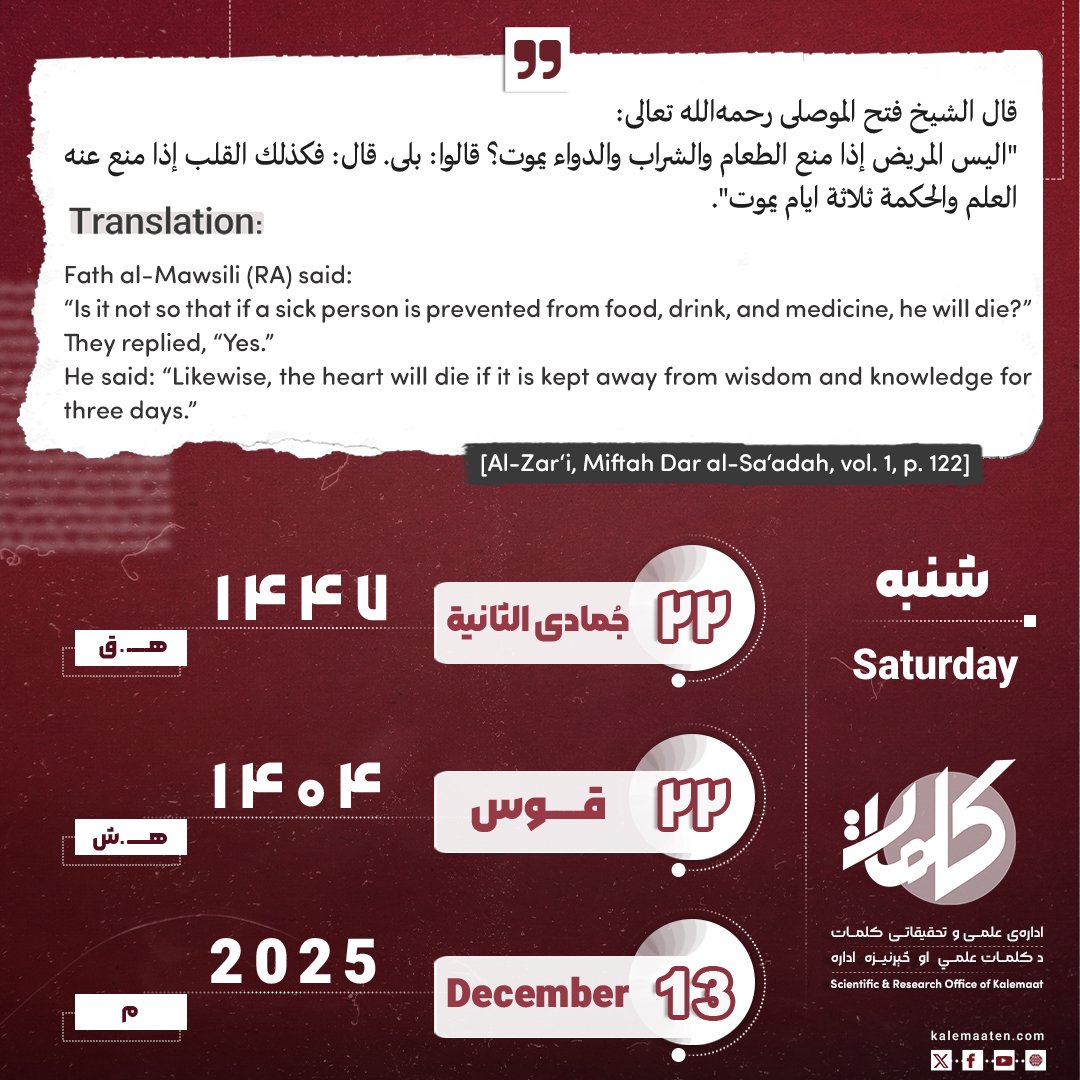Author: Abu Raef
The Role of Muslims in the Formation and Development of Sciences (Part 81)
In the Field of Arts
One of the important areas in which Western civilization benefited from the Islamic civilization was the realm of art, beauty, and architectural and visual aesthetics. These arts caused the forms of Western architecture and construction to adopt the styles and patterns of Islamic art and teachings—becoming, in a way, imitations of the adornments and elegance of Islamic civilization.
Through the channels of connection between the Islamic civilization and Western Europe (which we mentioned earlier), architectural and decorative techniques—as well as most other forms of applied arts—were transferred to Western lands, and the influence of Islamic art on Western civilization became evident and manifest. Numerous pieces of evidence show that many of Europe’s visual arts, both in concept and in form, have Islamic origins. The proximity of Islamic and Western cultures, along with the richness of Islamic civilization, imposed and inspired its charm and appeal upon Western art.
It is a matter of regret that some Western artists have incorporated the forms and patterns of Islamic art merely as decorative and complementary elements in their works, without understanding the meanings of the Arabic words or the symbolic essence of Islamic ornamentation. They took only the form and abandoned the content—their work being nothing more than a superficial fascination with the outward appearance of Islamic art.
In this regard, Gustave Le Bon, in praise of “Arabic script,” says: “The Arabic script was so well suited for ornamentation that Christian artists in the Middle Ages and during the Renaissance eagerly and willingly copied Arabic inscriptions they came across and used them for decorating their church buildings. Monsieur Longuerie, Monsieur Lafua, and others have seen numerous examples of such works in Italy.
Monsieur Lafua, in the storage room of the Milan Cathedral, saw a door designed after the patterns of ‘Bicarrin,’ with an Arabic word repeated several times along its border. Likewise, in St. Peter’s Church in Rome, an Arabic inscription can be seen above the image of Christ, made at the command of Pope Eugenius IV; and long Kufic scripts were written on the garments of St. Peter and St. Paul.” [1]
He adds: “I regret that the author of those works did not provide a translation of those inscriptions, for it is possible that the writing around the head of Christ was the famous phrase: «لا إلهَ إلا الله، محمدٌ رسولُ الله» Translation: (There is no god but Allah, and Muhammad is the Messenger of Allah.).” [2]
Alongside the fact that Islamic motifs and decorations profoundly influenced the methods and perspectives of many European artists, the Arabic script—one of the most distinguished achievements of Islamic art—due to its variety, richness, and high capacity for ornamentation, had a broad impact on the artistic vision of Europeans.
Since the time of the Crusades, when Europeans came into contact with Muslims, the Arabic script attracted their admiration. Finding it both beautiful and richly shaped, they began to use it in their own works.
Among them, Giotto was one of the first painters to employ Arabic script in his paintings. After him, Filippo Lippi, a Florentine painter of the fifteenth century, used Arabic inscriptions as decoration on the garments of figures he painted. Likewise, Verrocchio, another Florentine artist, used Arabic calligraphy to decorate his painting The Adoration of the Magi in Florence. [3]
In this way, Islamic art, through its rich elements and creative aesthetic principles, was able to penetrate the minds and artistic concepts of many European artists. They found in the characteristics of Islamic art an endless source of artistic inspiration and, through the movement and dynamic rhythm of arabesque patterns and Arabic calligraphy, created new forms of harmony and artistic vitality.
After this brief review, and at the end of this historical journey examining the influence of Islamic civilization and culture on various aspects of Western civilization, it is fitting for us to take pride in the brilliant and everlasting impact of our civilization—the civilization of Islam—on humanity; a civilization that, after an age of long-lasting darkness, spread its light over the entire world and the realm of humankind.
Testimonies of Fair-Minded Western Scholars in Praise of Islamic Civilization
Many Westerners have sought to diminish the value and position of Islamic civilization and to ignore its role in the progress of humanity. Some have claimed that Muslims were merely transmitters of the sciences of earlier nations, not their creators. Others have said that Islamic civilization was not of great significance, asserting that all knowledge and virtue belonged to the Greeks and Romans, and that Muslims had no share of creativity or innovation.
Some have also tried to downplay the impact of Islamic civilization, claiming that Muslims excelled only in fields such as history and geography—which, according to them, required little reasoning or intellectual effort—and that whatever they possessed of rational and theoretical sciences had been taken from others without critique or addition.
But the truth is that such claims come from the envious and the ignorant—those unaware of the true rank of Muslims and their immense contribution to the course of human civilization. In contrast, another group of fair-minded Orientalists and historians, with scientific integrity and free from prejudice, have acknowledged the great merit and pivotal role of Muslims. They have authored numerous books and studies praising Islamic civilization, affirming that the influence and contribution of Muslims to human history are undeniable and eternal.
Some have stated: “The time has come to speak of a people who profoundly influenced the course of world events, and to whom the West—and indeed all of humanity—owes a great debt in many aspects.” [4]
In this section, one may present examples of the just testimonies of Orientalists and Western thinkers regarding the greatness and authenticity of Islamic civilization—a civilization that laid the foundations of modern European civilization, whose contribution is both immeasurable and undeniable.
Such testimonies can be classified into three main areas:
-
Testimonies of fairness in the field of sciences;
-
Testimonies of fairness in the field of ethics;
-
Testimonies of fairness in the field of thought and philosophy. [5]
continues…
Previous Part/ Next Part
References:
[1] Hadharat al- ‘Arab, p. 531.
[2] Ibid.
[3] Maza Qaddama al-Muslimun lil- ‘Alam?, p. 723, quoting Athar al-Fann al-Islami ‘ala al-Taswir fi ‘Asr al-Nahdah by Inas Hosni, p. 129.
[4] Shams al- ‘Arab Tast ‘a ‘ala al-Gharb, p. 11.
[5] Maza Qaddama al-Muslimun lil- ‘Alam?, p. 724.



